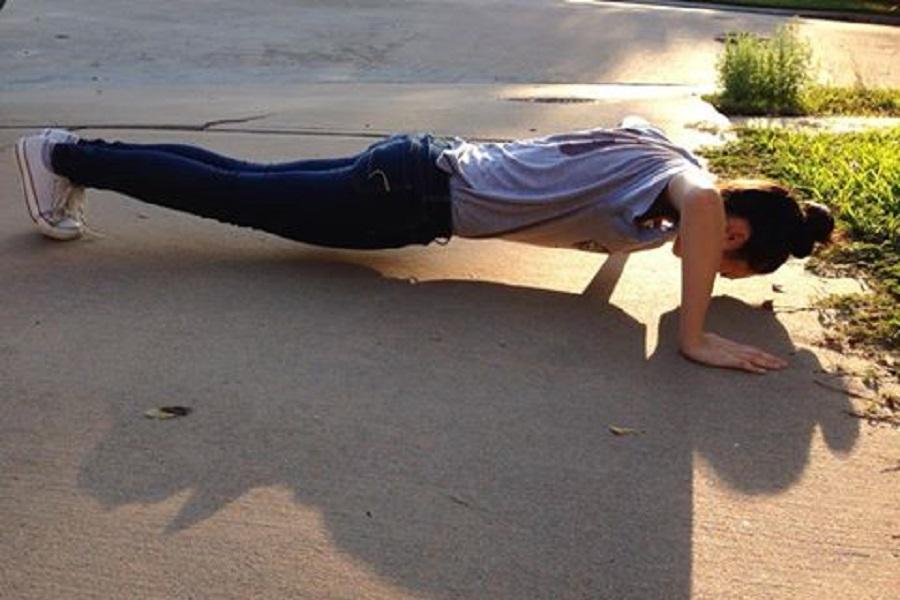Controversy over the Fitness Gram
On one day a year, students can expect to test their agility and strength during the annual Fitness Gram, a nationwide test of health. This census of fitness for all students through college, requires students to demonstrate their capabilities in the categories of pushups, curl ups, trunk lifts, pacers, and being able to touch fingertips with one arm over the head and one under the back. Along with this day of exercise, the Fitness Gram also mandates a height check and weigh-in to properly consider the information collected data. They use the general statistics of a person who is at the average weight and height for their age and generalize an appropriate “max”, the average for a fit person, for a certain activity. Students must voluntarily try their best to reach their own max and their limit is then compared to the statistical max to determine how fit or unfit the students are.
On Wednesday, Oct. 16, all seniors were required to do the Fitness Gram as the underclassmen took the PSAT. Though a requirement, most students had conflicting opinions on the Fitness Gram.
Some seniors disagreed on the requirement for the test, deeming them unnecessary and not an accurate test of fitness. Senior Elaine Nguyen believes it’s a waste of time and “not necessary” for high school students. While she acknowledges that the program is acceptable to require students to participate, she believes that they should “do it every other year”.
Senior Ashley Ng, feels the test is useless because “it’s not a good measure of how physically conditioned someone is. Some students may want to go beyond the max allowed while others just opt out from the start.” She then adds that because the students that do more work and the students that purposely fail in order to stray from exercise are not accurately represented on their score cards, their true capabilities are never accounted for and thus the statistics are inaccurate and the program is “somewhat pointless.”
Another controversial aspect of the Fitness Gram is the assumed fitness level to achieve, or max. Nguyen believes that the maxes are accurate because “they are possible to achieve”. However, while those who have long become accustomed to physical exercise and athletics, others may not be able to achieve such tests without preparation.
“For the most part [the maxes are accurate], but I find every individual has different capabilities,” senior Noor Suleiman stated.
“There’s no way to have a set number for a certain age,” Ng agrees.
While an unimportant and inaccurate test to some, others believe that the program carries a good message.
“I think it’s really good because health is important and the Fitness Gram lets us evaluate where we’re at and how we need to improve [in health],” Suleiman said.

Viviane Nguyen, a senior, is a second-year journalism student. When she’s not writing for The Wrangler, she enjoys frolicking on Youtube, watching Veronica...













